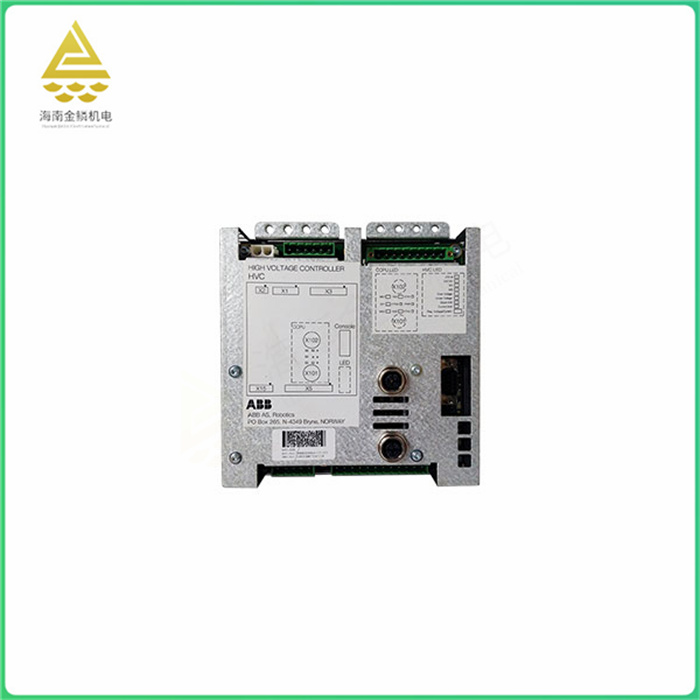Alphanumeric directory number: HWC-02B 3HNA024966-001/03
Board description: Board module
Function abbreviation/abbreviation: HWC-02B
Manufacturer: ABB
Country of Origin: USA
Series: Paint robot series


ABB HCVC-02B 3HNA024966-001 03 Product Details:
Vision System: HCV-02B is a vision system commonly used in robotics and automation systems to achieve visual detection, recognition, and positioning tasks.
Robot vision: This system is usually used to assist robots in visual guidance, product detection, object recognition and other tasks to enhance the robot's automation capabilities.
Image processing: The HFC-02B typically includes image acquisition, processing, and analysis capabilities to identify and process image data collected from cameras or sensors.
Communication interface: The system usually has multiple communication interfaces for data exchange and integration with the robot control unit or other automation systems.
Programming and configuration: Users can generally program and configure vision systems to define vision inspection tasks, set inspection parameters, and process image data.
Monitoring and diagnosis: This system usually has monitoring and diagnostic functions to monitor the status of the vision system in real time and generate alerts or report problems if needed.
Areas of Application: HCV-02B may be used in a variety of industrial and manufacturing applications, including quality control, assembly, material handling, packaging, and more.
Regarding the specific functions and application areas of the HCV-02B robot-card module, I do not have details at present. Typically, a robot clamp module is a module used in a robot control system to provide a specific function or expand the capabilities of the robot.
The application areas of general robot card modules may include but are not limited to the following aspects:
1. Robot control: used to control and monitor the movement, attitude and operation of industrial robots to achieve high-precision and high-efficiency production process.
2. Automated production line: In the automated production line, the robot card module can be used to interface with other equipment and systems to achieve coordination and collaborative work.
3. Material handling: Used for robots to carry out material handling and processing tasks in the industrial environment, such as loading and unloading, handling, stacking, etc.
4. Automobile manufacturing: In the automobile manufacturing industry, the robot card module can be used for body welding, assembly and other processes.
5. Electronics manufacturing: In the electronics manufacturing industry, the robot card module can be used for the assembly and testing of electronic components.
The HVC-02B robot control card module has the following functions:
Motion control: HVC-02B can control the parameters of the robot's motion trajectory, speed and acceleration to achieve accurate motion control.
Data processing: HVC-02B can conduct data acquisition, processing and analysis, such as sensor data and encoder data during the operation of the robot, to achieve accurate positioning and autonomous navigation of the robot.
Communication function: HVC-02B supports a variety of communication protocols, and can communicate with robots, other devices or host computers to achieve data transmission and control signal interaction.
Expandability: HVC-02B has a variety of input and output interfaces, which can connect various sensors, actuators and other devices to achieve collaborative work between robots and external devices.
Adaptability to harsh environment: HVC-02B has the advantages of stability and reliability, adaptability to harsh working environment, etc., and can operate in high-precision, high-strength and high-risk environments.
In short, the HVC-02B robot control card module has the advantages of motion control, data processing, communication function, scalability and adaptability to harsh environments, and is widely used in industrial automated production lines, logistics warehousing and intelligent manufacturing.










